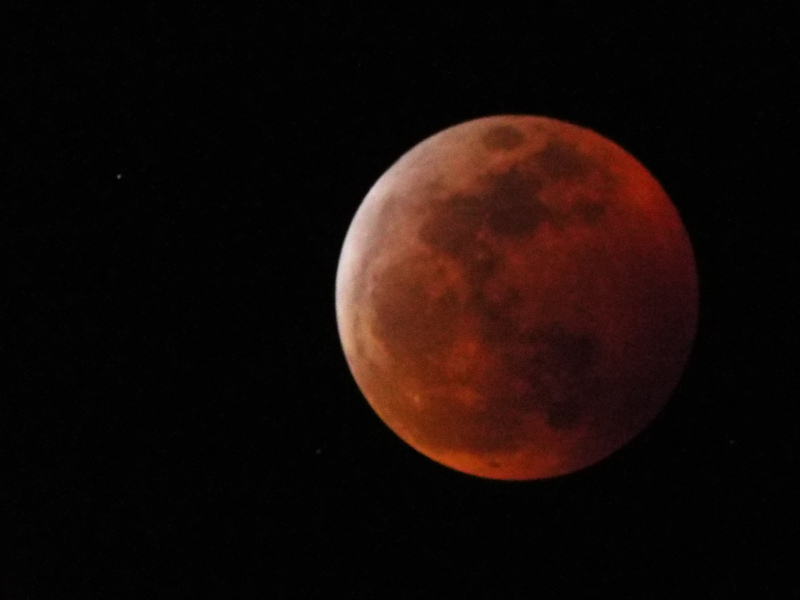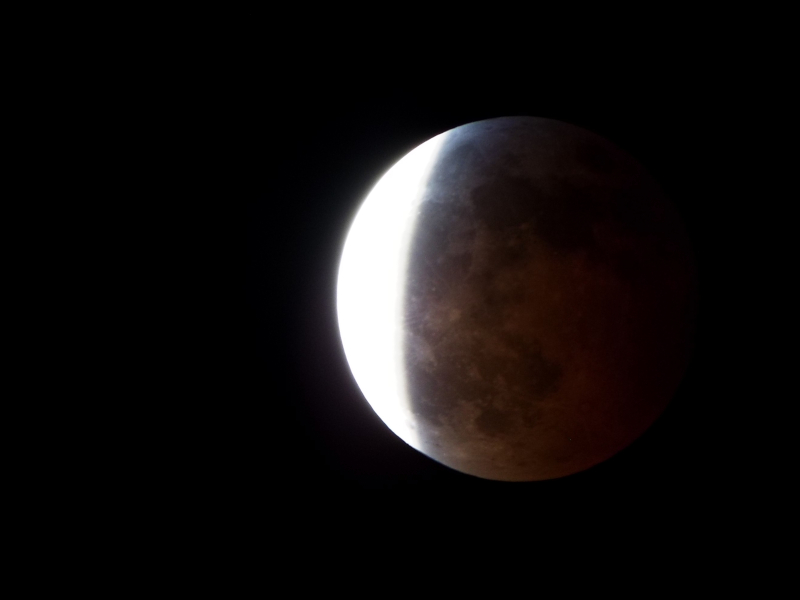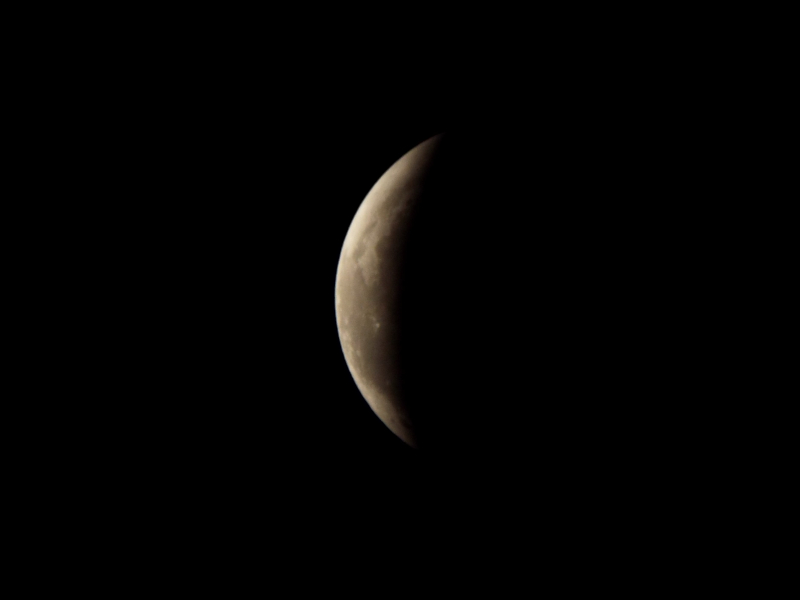As you’ve probably heard, Twitter is planning major changes, and is testing them in a prototype app.
Threaded conversations are good, though I think the UI here still needs polish.
Hiding the interaction buttons until you click on the post: Yeah, it might make people think a little more. Putting some friction into sharing can improve the signal-to-noise ratio. (Also, I could swear I’ve seen something discussing this UX choice somewhere before, not necessarily for Twitter, but I can’t place it.)
Hiding the like/retweet counts: I know it was a deliberate decision to do that on Mastodon to discourage timelines from being too much of a popularity-contest. But it’s not clear how effective it’s been. In fact Mastodon recently added reply counts to its timeline (though boost and favorite counts are still behind a click). There is some value in social proof. Even if in a lot of cases it just amplifies how popular (or unpopular) something is to start with.
It’s not clear whether Twitter intends to hide the like/retweet counts completely, or keep them with the buttons like Mastodon does. Either way, I can’t imagine they won’t keep those numbers visible at least to the original poster. At some level they’re all about the metrics. And as Slashdot pointed out way back when they introduced karma: if you provide an actual number, people will try to optimize for it. Update: Buzzfeed indicates that the metrics are visible when zoomed into a specific tweet. In that case, you can still gauge its popularity or awfulness ratio, you just have to be motivated by the tweet to look for them. Essentially, it’s on the title page instead of the cover.
Camera features: There’s not really much I can say about these, since I tend not to post directly to social media in the first place. I like to take a picture (or several), then wait until I have time to crop, adjust, think of a caption, etc.
So on balance, these things might help a little.
But if Twitter is still going to be driven by showing you a timeline in most-likely-to-engage order — especially if those hidden replies are chosen in a way to encourage engagement — it’s still going to be a train wreck. Just, maybe with fewer things on fire.


